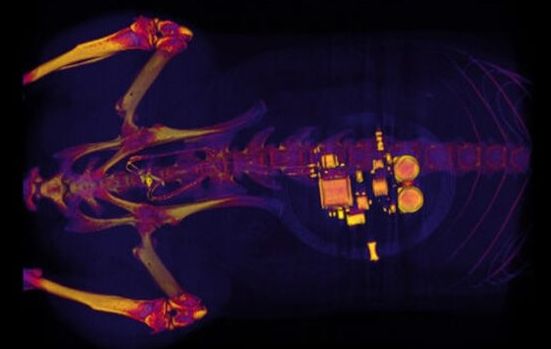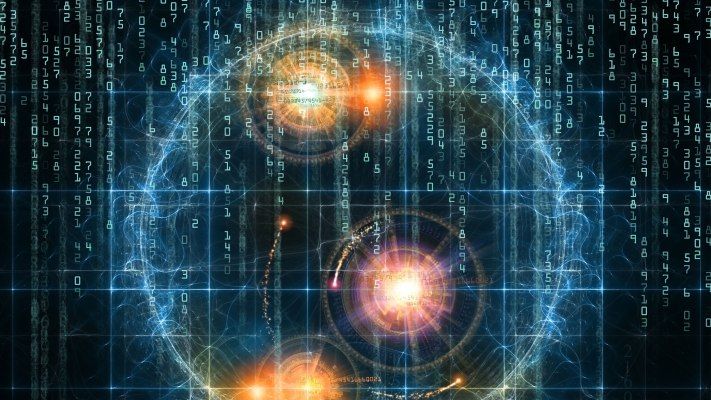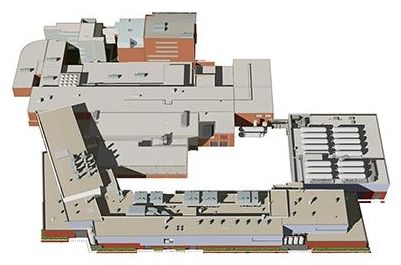
Rapid comprehension of world events is critical to informing national security efforts. These noteworthy changes in the natural world or human society can create significant impact on their own, or may form part of a causal chain that produces broader impact. Many events are not simple occurrences but complex phenomena composed of a web of numerous subsidiary elements – from actors to timelines. The growing volume of unstructured, multimedia information available, however, hampers uncovering and understanding these events and their underlying elements.
“The process of uncovering relevant connections across mountains of information and the static elements that they underlie requires temporal information and event patterns, which can be difficult to capture at scale with currently available tools and systems,” said Dr. Boyan Onyshkevych, a program manager in DARPA’s Information Innovation Office (I2O).
The use of schemas to help draw correlations across information isn’t a new concept. First defined by cognitive scientist Jean Piaget in 1923, schemas are units of knowledge that humans reference to make sense of events by organizing them into commonly occurring narrative structures. For example, a trip to the grocery store typically involves a purchase transaction schema, which is defined by a set of actions (payment), roles (buyer, seller), and temporal constraints (items are scanned and then payment is exchanged).
Read more


















